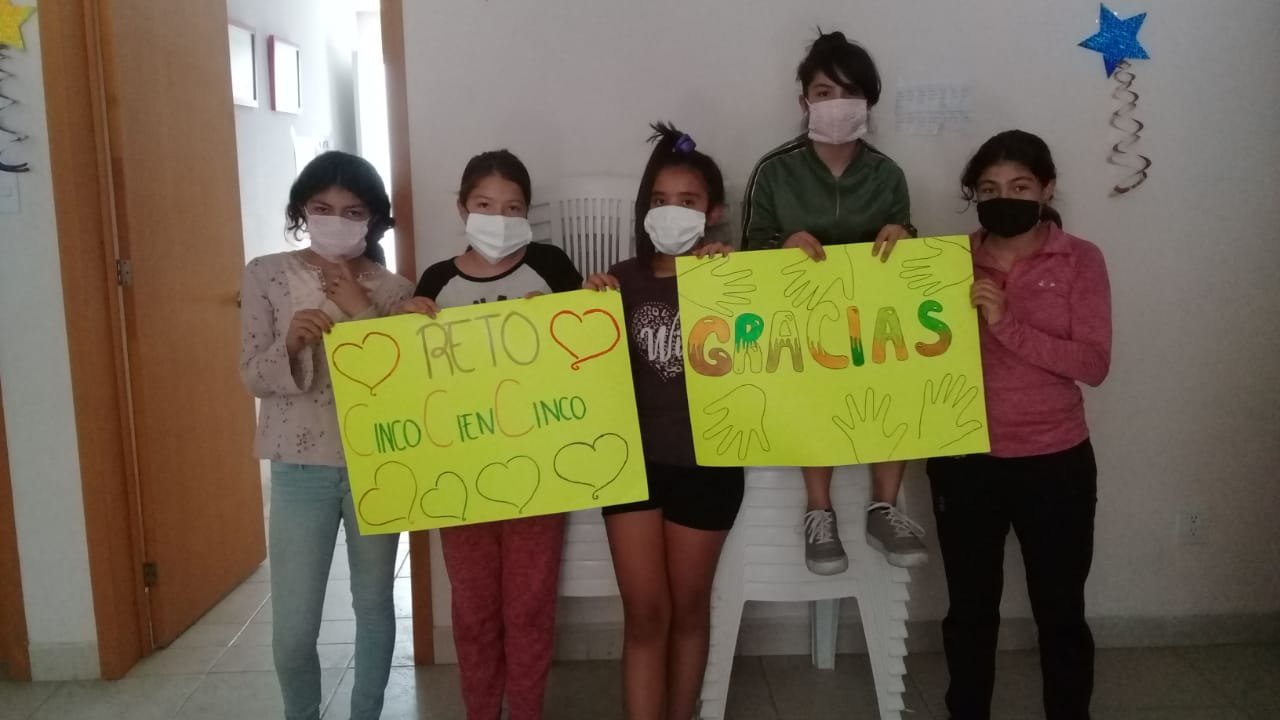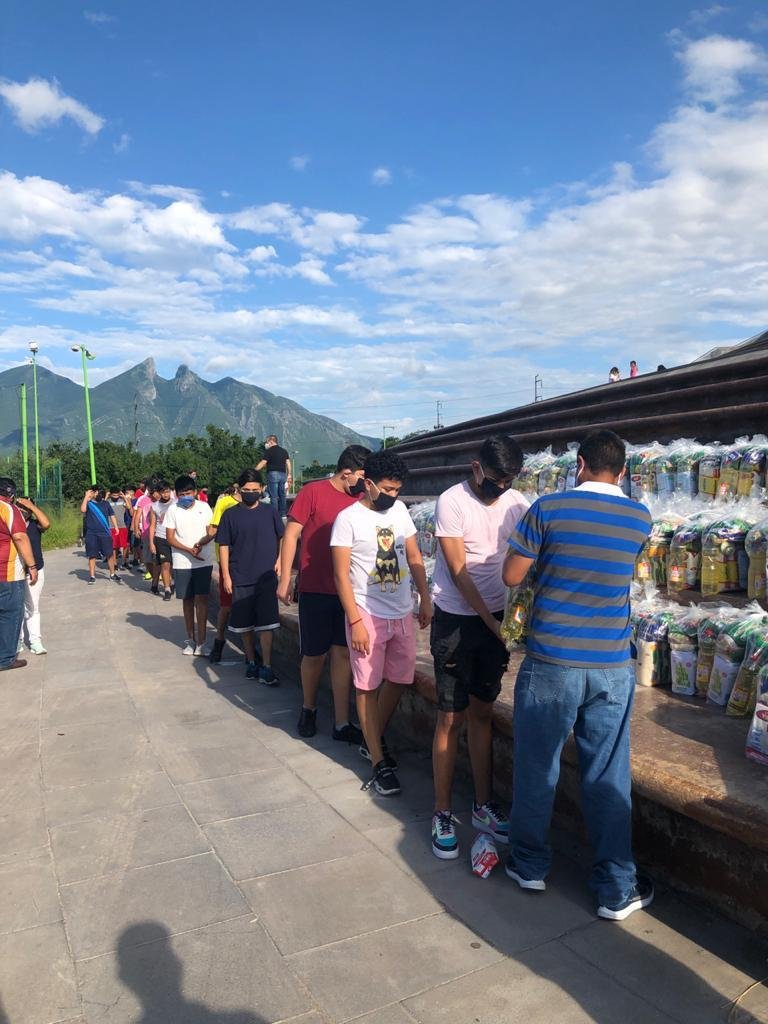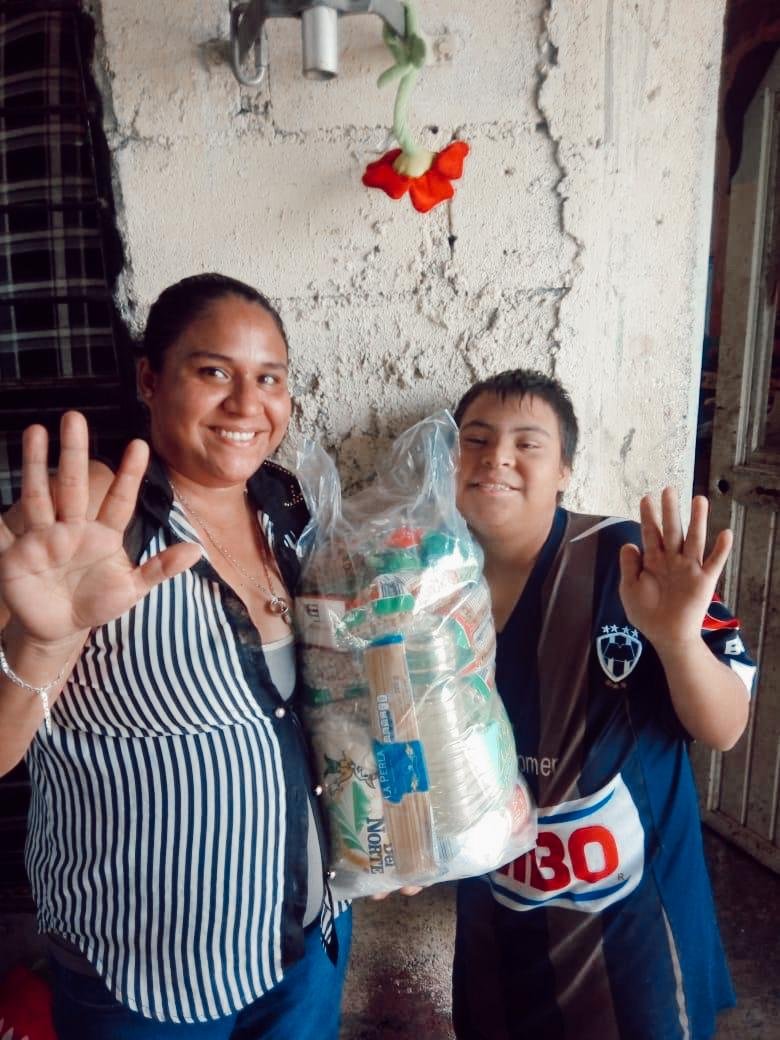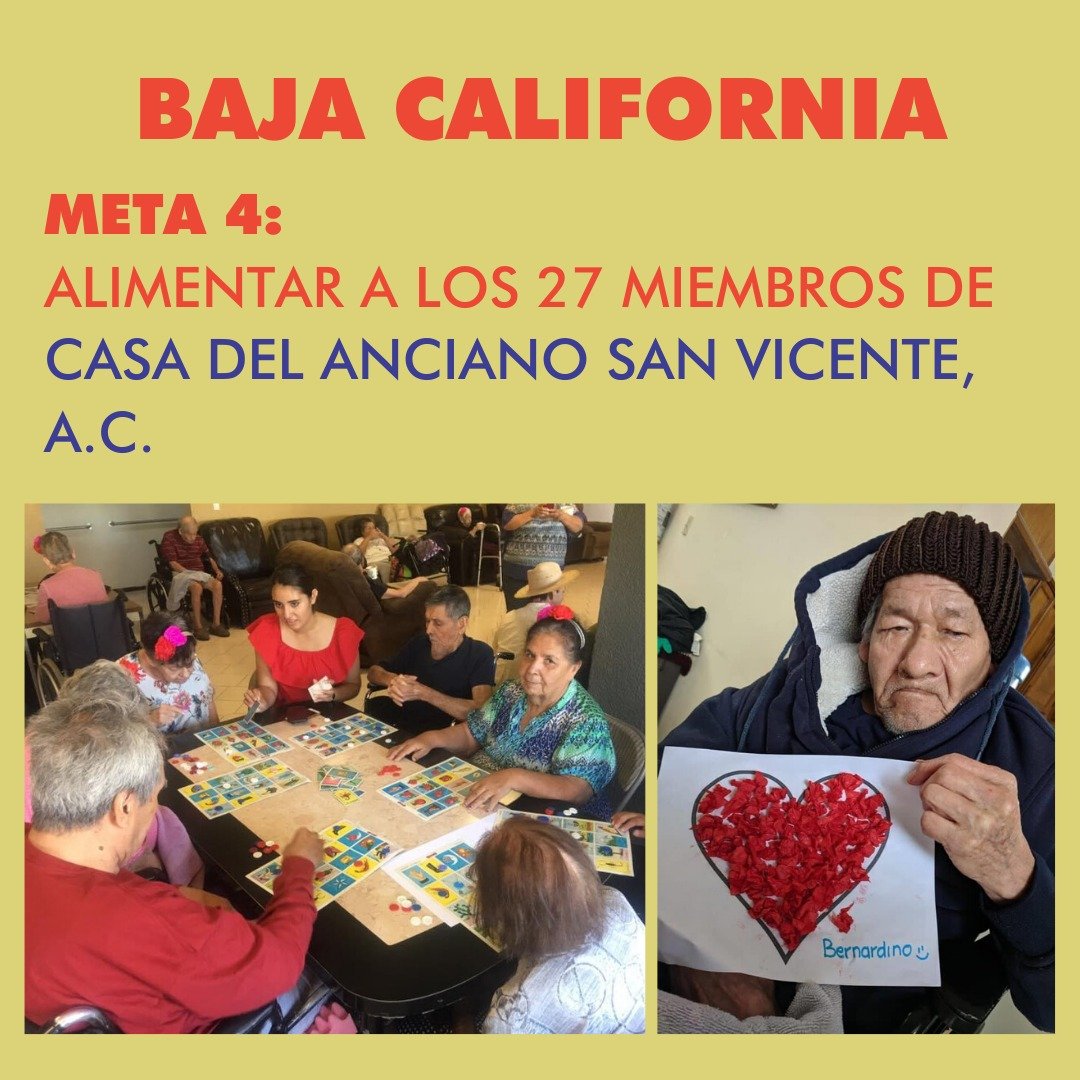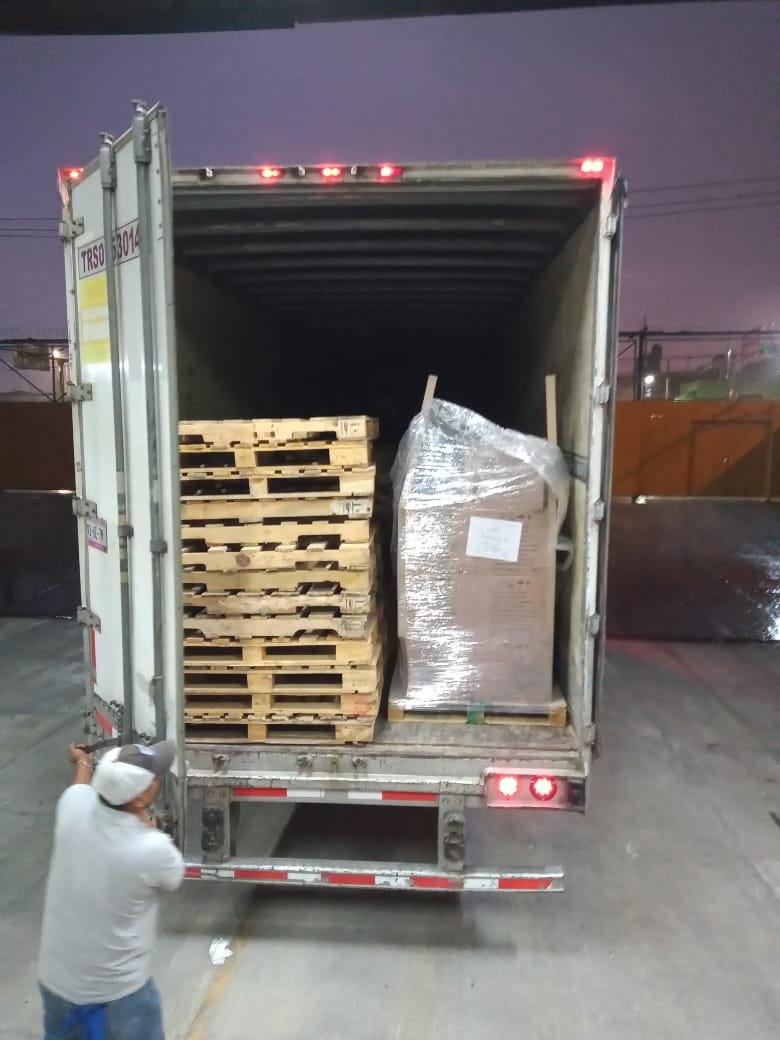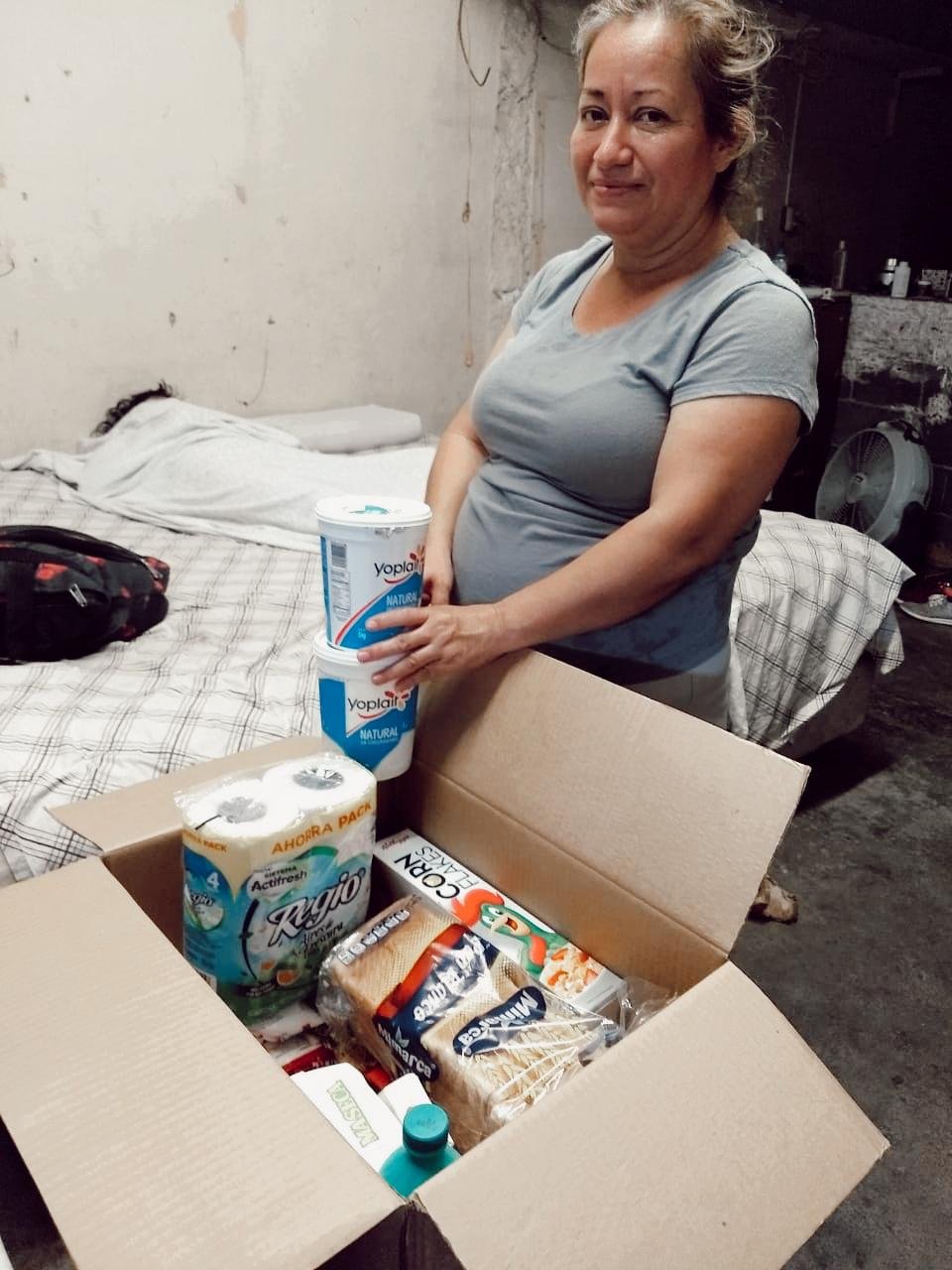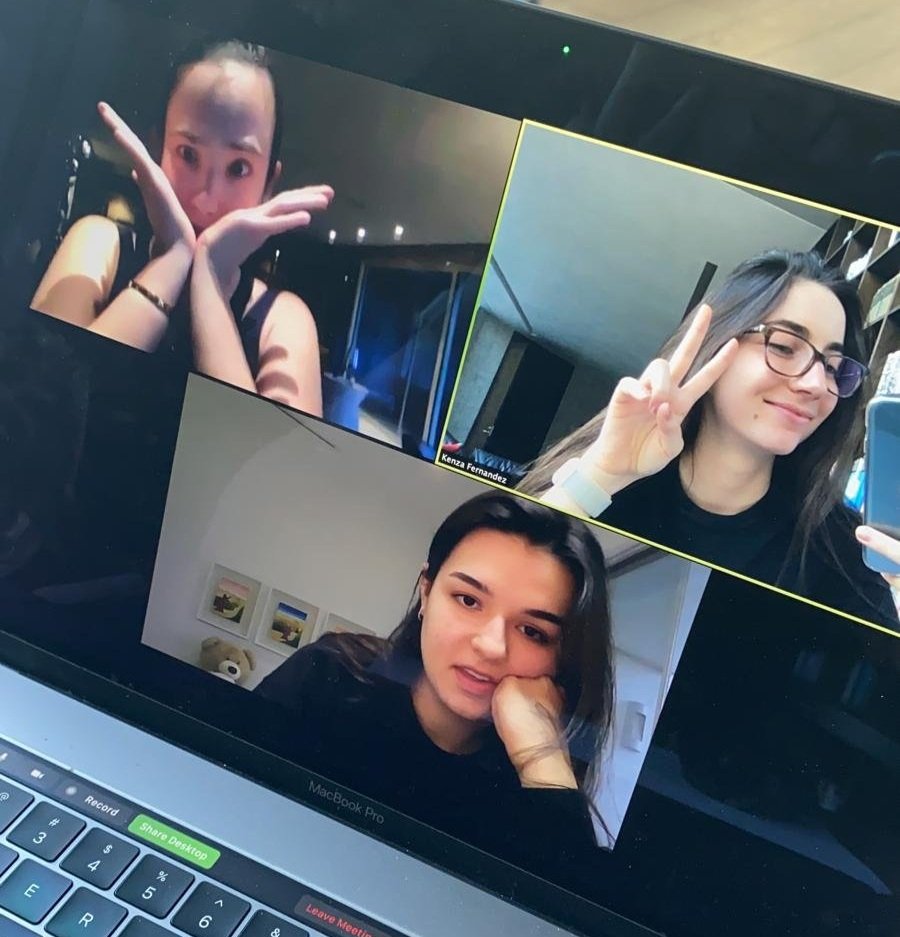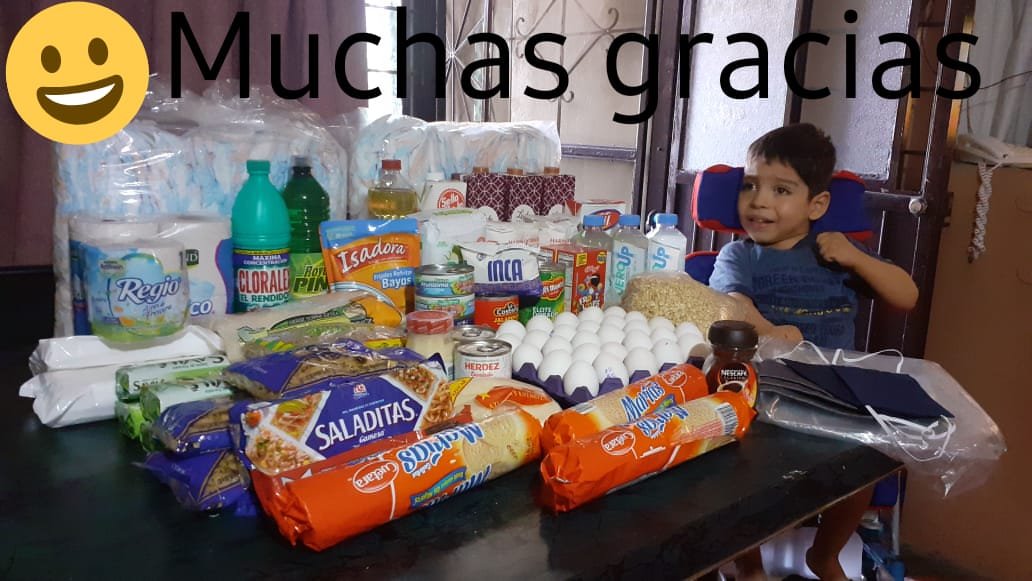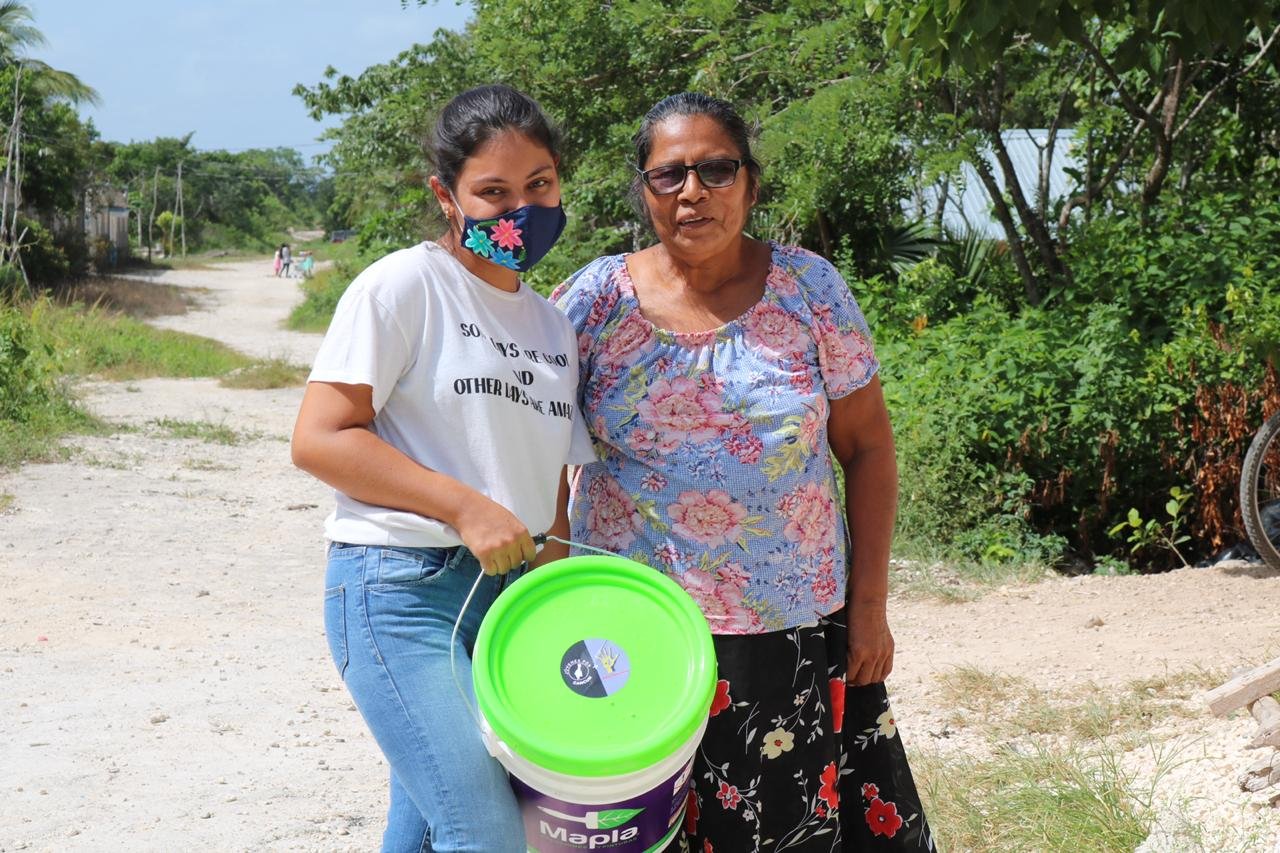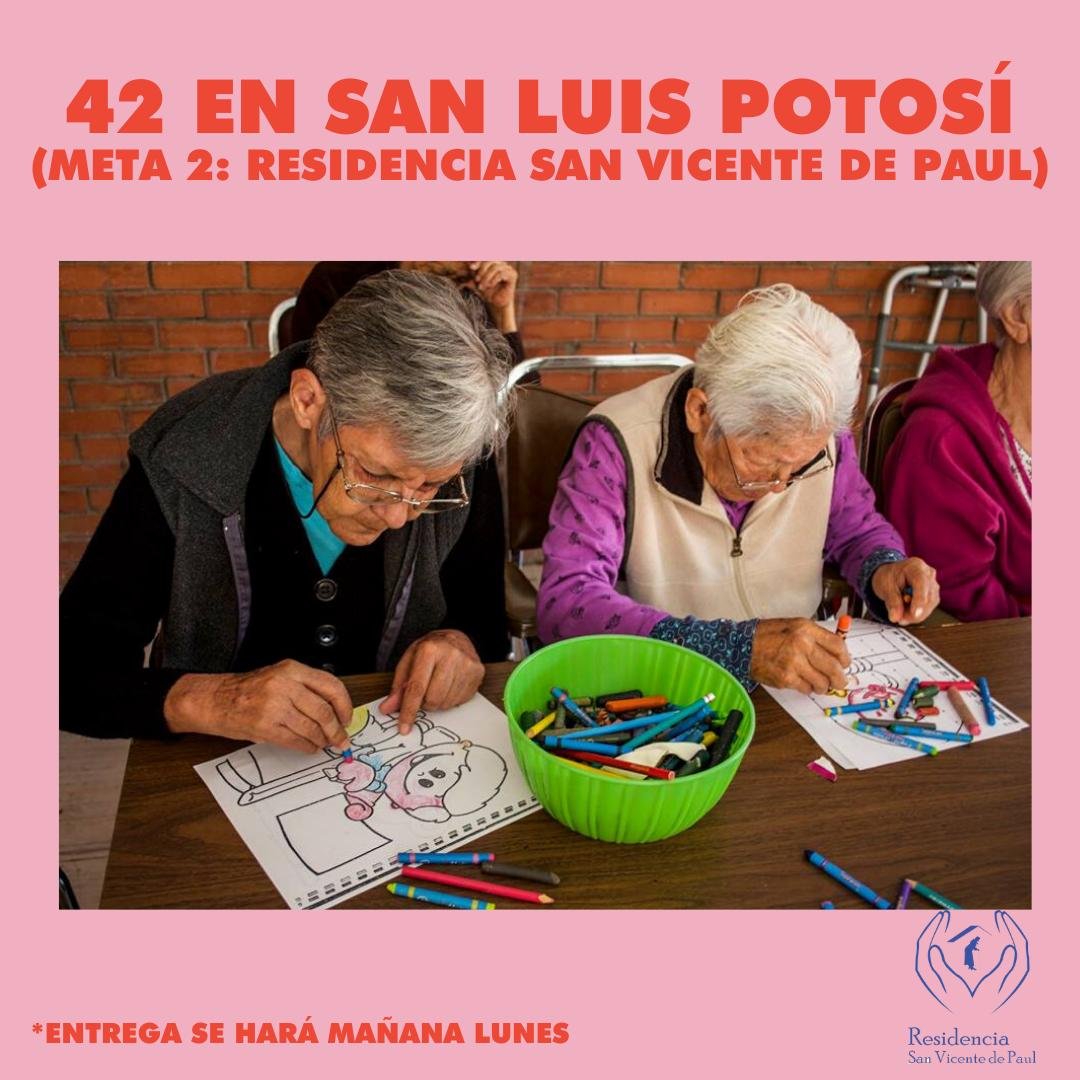cinco cien cinco
How might we alleviate food poverty for families affected economically by the pandemic? And do so urgently.
Year
2020
Co-Presidents
Kenza Fernandez * Eugenia Aldape
Ines Treviño
Paulina Bremer
*founder
-
Early in the COVID-19 pandemic, I came across an interview with a woman in Mexico City who had lost her job due to the pandemic. Her words struck me deeply: “More people will die from hunger than from COVID. I can’t even afford food for myself this week.” It was a moment of reckoning for me—I couldn’t just stand by.
I reached out to three of my most reliable, passionate friends, and together, we started brainstorming. Within a week, we had the framework for what would become cinco cien cinco.
The morning we launched, the response was overwhelming—over 200 people took up the challenge within hours. That night, as I lay awake, a mix of excitement and anxiety swirled in my mind: What have I just gotten myself into?
-
80,000 benefactors in 11 different states of the republic. Over 1M pesos raised.
Each pantry had enough food for a family of four.
Deliveries in 83 community organizations and institutions were served in San Luis Potosí, Quintana Roo, Nuevo León, Baja California, Sonora, Tamaulipas, Puebla, Sinaloa, CDMX, Yucatán, and Guanajuato.
-
Notable participation in cinco cien cinco came from a diverse group of influential individuals and organizations. Business leaders, such as Juan Ignacio Garza Herrera, Director General of Xignux, actively championed the initiative (view message from the CEO in their annual report), leveraging their platforms to amplify its reach. Politicians, including Mayor Miguel B. Treviño de Hoyos mayor of San Pedro Garza García, lent credibility and visibility to the campaign, highlighting its impact on local communities.
Another supporter was Guillermo Dillon Montaña, Director General of CAINTRA (Cámara de la Industria de Transformación de Nuevo León). CAINTRA is a pivotal organization representing the industrial sector in Nuevo León.
The campaign also garnered support from over 15 prominent Mexican bloggers, each with followings ranging from 500,000 to 3 million. These influencers helped spread the word, creating a viral ripple effect that brought national attention to the cause.
Process
How it works
People were encouraged to do the following on their social media:
RUN 5 KM (or move 50min)
DONATE 100 pesos
NOMINATE 5 PEOPLE TO DO THE SAME
Main outlet:
Instagram
Name and branding:
We wanted something simple, explicit, and inviting for people of all ages. We were hoping to look trustworthy.
Transparency:
Our priority was that participants in this digital challenge knew their money would be used with the utmost integrity.
Translation of image to the right: ¿Where will my money go?
All donations will be given in kind (food packages) through institutions that will deliver them directly to their recipients.
We Work Through Goals
Each goal will involve achieving a certain number of food packages for a designated cause.
We will announce these goals and causes via our Instagram.
Ecosystem Map
Our team grew from 4 people to 82 women across 11 states in Mexico.
When an institution or NGO from a state outside our reach contacted us requesting pantries for their members, we would put out a call and interview a few women from that state to select a leader. We already had a list of women eager to participate. This process was our slowest because we were very careful to ensure that the money raised would be used responsibly. Initial meetings were held with each leader to set clear expectations and have them sign a contract ensuring they would adhere to the guidelines.
These leaders were tasked with forming a team of 5 to 15 volunteers to assist with the initiative. Their responsibilities included:
Identifying a trustworthy institution (such as an elderly care home, Down syndrome center, or church group).
Raising money using our Moneypool (a GoFundMe-equivalent platform). Once they reached their goal, we would transfer the funds directly to the wholesale vendor to prevent misuse.
Coordinating a safe delivery of the pantries, involving the least number of people possible.
